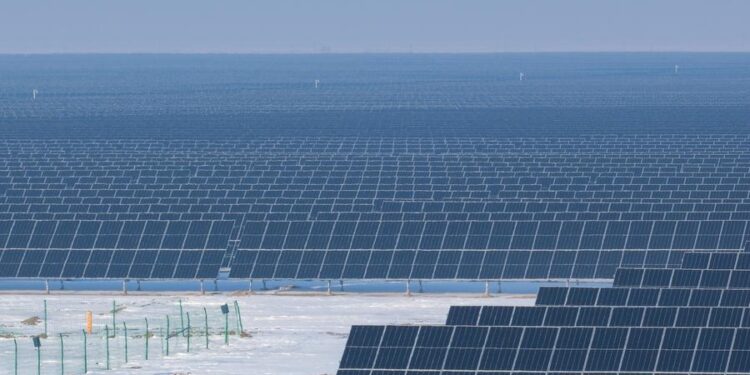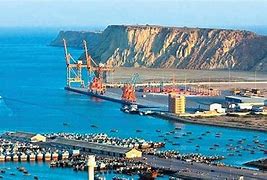China hits record 2 Billion kW in clean energy expansion reiterating its commitment of transition towards clean energy.
China’s non-fossil fuel power generation capacity surpassed the significant milestone of 2 billion kilowatts by the end of February, reinforcing its global leadership in clean energy transition and marking a major advancement toward its climate objectives, according to industry analysts.
For the first time, China’s installed non-fossil energy capacity has reached this level, reflecting a 23.3 percent year-on-year increase. This achievement solidifies China’s status as the world leader in clean energy expansion, as reported by the China Electricity Council on Thursday.
Since the start of the 14th Five-Year Plan (2021-25), the country’s total non-fossil fuel power capacity has doubled, recording a cumulative 103.1 percent increase. The council highlighted that this rapid expansion aligns with China’s “dual carbon” goals, demonstrating the energy sector’s dedication to achieving carbon neutrality and enhancing the country’s energy structure.
Experts suggest that China’s remarkable progress in renewable energy strengthens its role in shaping the global energy landscape and fostering international cooperation on climate change and sustainability.
Zhu Yicong, vice president of renewables and power research at Rystad Energy, stated that China’s commitment to renewable energy has driven a rapid expansion of its clean power infrastructure, with installation rates accelerating in recent years.
This growth is particularly evident in the solar sector, which is expected to reach record-breaking levels. Rystad Energy predicts that China’s solar photovoltaic capacity will exceed 1,000 gigawatts by mid-2025, setting new global benchmarks.
“As China prioritizes renewable energy, the country has reaffirmed its leadership in global solar PV installations,” Zhu remarked, adding that a substantial portion of future solar installations is expected to come from China in 2025.
Additionally, China has intensified its advancements in clean-energy technologies, with related industries contributing over 10 percent to the nation’s economy last year for the first time. These sectors expanded three times faster than the overall economic growth rate, according to data from the Center for Research on Energy and Clean Air.
The China Electricity Council reported that non-fossil energy now represents 58.8 percent of the country’s total power generation capacity, reflecting a 4.2 percentage point increase from last year and a 14 percentage point rise since 2021.
Wind and solar energy remain the driving forces behind this transition, with a combined installed capacity of 1.46 billion kilowatts by the end of February. This marks a 32.5 percent year-on-year increase, now accounting for 42.8 percent of China’s total power capacity.
Related Posts

















